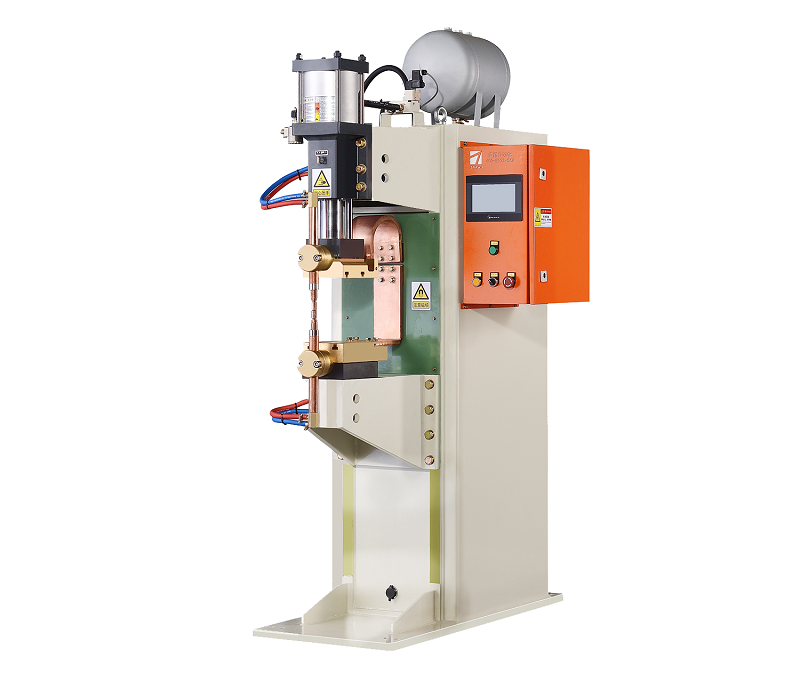What should be noted for high-voltage components of medium frequency spot welder?
In the realm of manufacturing and industrial processes, the medium frequency spot welder plays a crucial role in joining metals with precision and efficiency. Within this intricate machinery, the high-voltage components stand as integral elements, demanding meticulous attention to ensure both operational excellence and the safety of personnel. Let’s delve into the key considerations when dealing with the high-voltage facets of a medium frequency spot welder.

1. Insulation and Isolation: High-voltage components necessitate impeccable insulation to prevent electrical leakages and ensure the safety of workers. Regular inspections of insulation materials such as cables, wires, and connectors are imperative. Any signs of wear, tear, or degradation should be promptly addressed to avert potential hazards. Implementing appropriate isolation mechanisms and barriers further minimizes the risk of accidental contact.
2. Grounding: Establishing a reliable grounding system is paramount to dissipate excess electrical charges and maintain stable equipment operation. The grounding connections should be regularly checked and tested to confirm their effectiveness. Inadequate grounding not only compromises the machine’s performance but also heightens the probability of electrical malfunctions and operator exposure to dangerous voltages.
3. Routine Maintenance: Scheduled maintenance routines must encompass thorough inspections of high-voltage components. Capacitors, transformers, and other vital elements should be examined for signs of overheating, corrosion, or irregularities. The accumulation of dust and debris, often unnoticed, can also impede the proper functioning of these components. Regular cleaning and maintenance mitigate such risks.
4. Training and Awareness: Personnel working with medium frequency spot welders equipped with high-voltage sections should receive comprehensive training. They must be well-versed in the potential dangers, safety protocols, and emergency procedures. Promoting awareness about the risks associated with high voltage instills a sense of caution and responsibility among operators.
5. Lockout-Tagout Procedures: During maintenance or repair tasks, employing lockout-tagout procedures is indispensable. These procedures involve isolating the power source and tagging the equipment to indicate its inoperable status. This precautionary measure prevents inadvertent activation of the machine while technicians are working on it, averting life-threatening accidents.
6. Consultation and Expertise: When in doubt or facing complex issues, seeking advice from experts in the field of medium frequency spot welding is crucial. Professional consultation can provide insights into optimizing high-voltage component performance while ensuring adherence to safety standards and regulations.
the high-voltage components of a medium frequency spot welder demand meticulous care and attention. Prioritizing insulation, grounding, routine maintenance, proper training, lockout-tagout procedures, and expert consultation collectively foster a secure and efficient welding environment. By upholding these precautions, manufacturers can not only enhance productivity but also safeguard the well-being of their workforce.